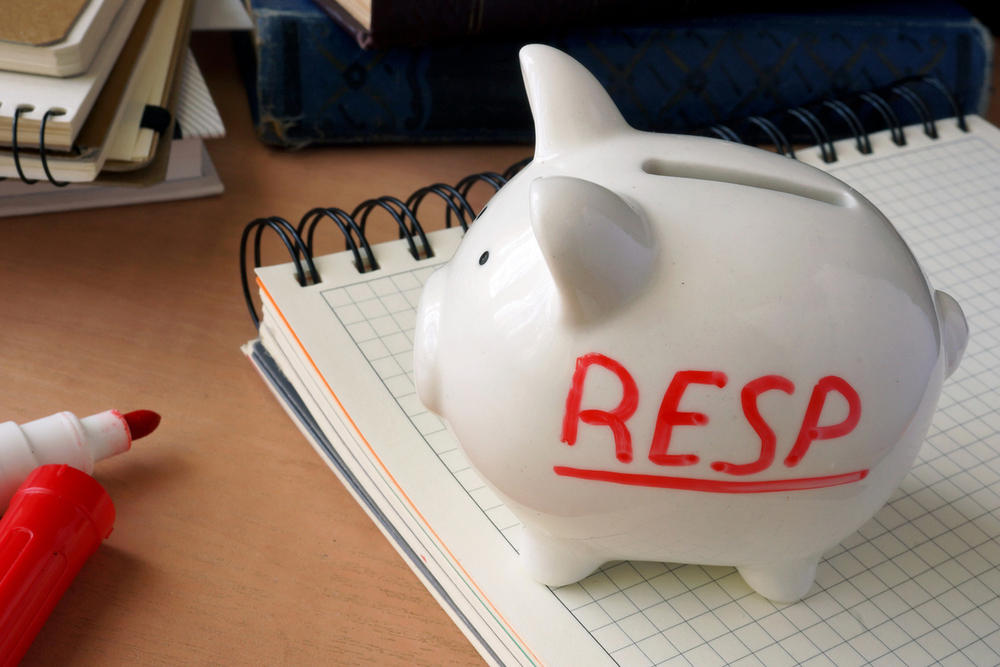Finding out that you are going to be a father or a mother is a very ecstatic and exuberant moment. But just like with every other good thing, there is always the flip side. Aside from making you the happiest person in the world, parenting means that you are going to be responsible for the well-being of another person for years to come. You must take care of their accommodation, upbringing, food and above all, education, which brings in that ceaseless reminder that you need to start saving for them. However, at the same time, you need to save money for your retirement.

There are a lot of ways of saving money, but some of the most common include RESP (registered education savings plan) and RRSP (registered retirement savings plan). Both these options are registered investment accounts that often confuse those who are looking for the best way to save money.
Now for most young families, the RESP vs RRSP debate is a very factual one. It is usually a very complex topic for many because most financial institutions spend a lot of time and money trying to convince young parents to open both RESP
and RRSP accounts which is unduly difficult to do as most parents seek to balance debt, life, and mortgages. This leads us to the elephant in the room – if you can save some money every month, should it go to your retirement or your child’s education?
Before we go further let’s first look at the statistics:
In 2017 and 2018, the average cost of tuition per year at a Canadian University was $6,571. The average from 2016 – 2017 school year stood at $6,375, and the number is continuing to increase. This means that any child who is born today needs over $50,000 for a four-year university or college program if you factor in accommodation, supplies, books and other expenses.
On the other side of the coin, recent surveys show that around 30 percent of Canadians don’t contribute to an RRSP. According to the CIBC report released in 2018, Canadians estimate that they will need $756,000 in personal savings to retire in comfort.
What’s more, many of those who have been contributing to RRSPs are cashing them out prematurely because they need the money for something else. What does this say?
RESP vs. RRSP: The variables
The government helps both RESP and RRSP account holders which means they want you to have both of them. But what if you can’t afford to have the two? Before you settle on any of the two, look at how the government is going to help you and how you will benefit. First of all, note that both of these plans are savings plans, which means any dollar generated by them through capital gains, dividend income or interest is tax-deductible.
The two plans mainly differ in how the government contributes to them. RRSP contributions are usually tax-deductible and you will be paid back at your marginal tax rate regardless of the amount of money you are contributing. Also, as a retiree, your money will be taxable when you cash out.
An RESP is a tax-sheltered savings account. To make the deal even sweeter, the government adds an attractive incentive when you save money for your child’s education in the form of CESG (Canada Education Savings Grant). The government will chip in 20 percent of your contribution into the RESP account up to a maximum of $500 per year, bringing the total amount to around $3000.
The Way Forward
An RESP plan will not only prevent your child from going into debt, but it will also boost his or her finances in the future. Furthermore, the savings will become even better because of the charges that were exempted on the hypothetical debt. Also, if one child doesn’t use his or her RESP money, it can be rolled into a sibling’s account or transferred into your RRSP account but with the loss of the CESG incentives. On the same note, when it comes to RRSP, the earlier you start contributing, the more security you will have in the future.
As you can see all these plans have their advantages and if we were living in a perfect world, you would consider having both accounts. But not everyone is the same – some of us can manage to have both plans, and some can’t. For those who can’t, an RESP account is the best bet. Besides, the closer your young one gets to post-secondary education, the more lucrative the 20 percent top-up of your RESP account becomes. If you have any questions about RESPs or are simply looking to sign up for one, you may want to check out Heritage RESP and their reviews here.
